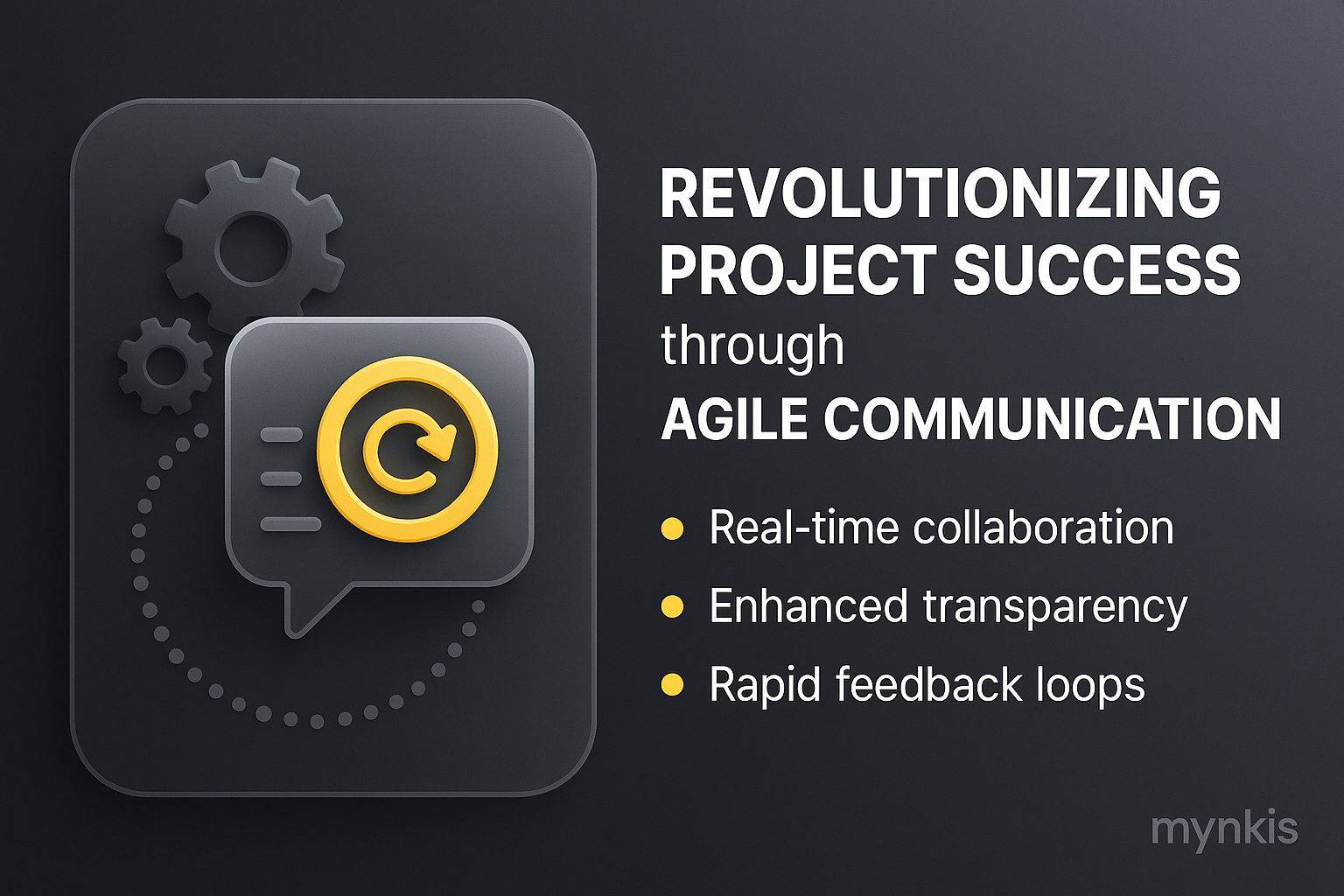Schedule a Demo
When embarking on a development project, especially for educational institutions looking to enhance their learning management systems or web presence, the importance of agile communication cannot be overstated. Agile communication is more than just a buzzword—it's a transformative approach that can streamline project execution and elevate the end product. The method thrives on transparency, adaptability, and constant interaction among team members and stakeholders.
Transparency, one of the core principles of agile communication, is vital in educational software projects. Schools and universities often work with developers to create personalized, efficient systems, and open communication channels ensure that both parties are on the same page at all times. For example, during the development of a custom learning management system, transparency allows administrators to stay informed about project progress, potential roadblocks, and any shifts in strategy.
I've found in my years working with educational entities that effective communication often centers around feedback loops. These loops facilitate a dynamic environment where suggestions from users—like teachers and students—can be swiftly integrated. Such feedback is essential because it directly contributes to tailoring the educational tools to the unique needs of the institution.
Agility in project communication also promises faster time-to-market. Educational software often needs to be updated regularly to stay relevant with pedagogical advances or changes in regulatory compliance. A rigid, traditional approach to project management can lag behind these demands, but agile methods keep your learning management system up-to-date, enabling a quick response to new educational trends and standards.
Keeping end-users engaged is another benefit that agile communication brings to the table. In the context of academic institutions, this engagement isn't just about tracking metrics but also about fostering a community around the platform. Agile communication channels, such as regular sprint demos or interactive webinars, bring students, teachers, and administrators into the development process, enhancing the sense of ownership over the finished product.
One of the best practices in agile communication is the use of regular updates. For educational tech projects, this could mean weekly or bi-weekly status reports. These updates not only keep project stakeholders updated but also serve as a tool for project management, helping to pinpoint any deviations early in the process.
To truly embrace agile communication, there should also be an emphasis on visual collaboration tools. Consider using digital whiteboards or shared project dashboards. In schools, these visual tools can help disparate teams—such as IT, faculty, and administration—understand project complexities and developments with ease, thereby reducing the chances of miscommunication.
An iterative development process is at the heart of agile methodology. It allows for continuous improvement, a concept especially crucial for educational software that must evolve with teaching methodologies and technology advances. When applying this to your custom learning management systems, iterations mean that the project can refine features to better serve educators and students, ultimately leading to a more tailored and effective educational tool.
The Scrum framework, a subset of agile, can greatly benefit educational software projects with its sprint-based approach. Universities looking to implement agile communication in their development cycles could use sprints to chunk the development process into manageable parts, where progress can be reviewed, and strategies adapted after each iteration.
In my experience, incorporating daily stand-up meetings—short, structured discussions where team members sync on the day's objectives—helps keep everyone aligned and accountable. These daily rituals are particularly important when working on complex features for learning platforms that require input from various departments.
A common concern with agile communication is maintaining the quality of the final product amid accelerated timelines. In my work with operations managers at educational institutions, I've seen how prioritizing communication can align teams towards not just faster development cycles, but also maintaining or even increasing quality control measures. By integrating user testing throughout the development process, educational software can be refined iteratively to ensure top-notch user experiences.
Ultimately, agile communication strategies promote flexibility and responsiveness, which are invaluable for projects within the education sector. If your university or school is embarking on a custom software or website project, consider how these principles can be adapted to your unique setting, potentially revolutionizing your approach to managing and delivering valuable educational tools.
By structuring project communications with agility at the forefront, schools and universities can leverage these methodologies not just for internal project success, but also to create digital learning environments that are responsive, innovative, and tailored to the needs of educators and learners alike.
The overall aim should be creating a dynamic where project communication evolves just as fast as the educational software it helps to build. Agile communication is more than methodology—it's a shift in project culture that educational institutions can't afford to overlook.
